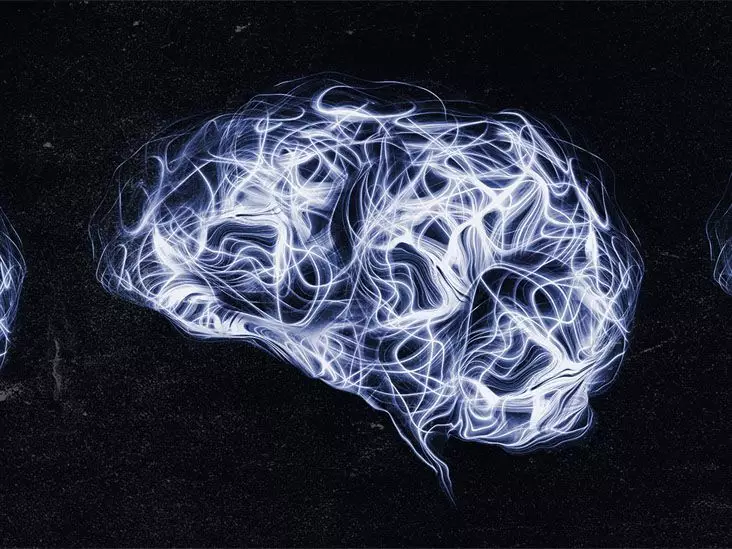Dementia is an umbrella term that encompasses a variety of symptoms associated with cognitive decline, impacting memory, thinking, and communication abilities. Diagnosis is multifaceted, often requiring a comprehensive approach that includes a variety of tools. One of the most significant methods in the diagnostic arsenal is brain imaging, which helps healthcare providers visualize potential abnormalities in brain structure and function. In this article, we will explore how brain scans contribute to understanding dementia, the types of imaging techniques commonly used, and the importance of a holistic diagnostic approach.
Dementia is not a singular condition but rather a collection of symptoms that indicate various underlying diseases or disorders. Symptoms can include memory loss, difficulties with language, and challenges in problem-solving. Given the complexity and variability of these symptoms, diagnosing dementia requires a comprehensive evaluation that goes beyond the patient’s reported symptoms and includes a combination of clinical assessments and imaging.
Brain scans serve as a crucial component in this process by offering insight into the structural and functional changes happening within the brain. Although these scans are informative, it’s essential to recognize that they cannot stand alone as definitive proof of dementia. Instead, they must be interpreted alongside a patient’s medical history, cognitive test results, and other diagnostic procedures.
There are three primary types of brain imaging techniques utilized to assist in diagnosing dementia: MRI (Magnetic Resonance Imaging), CT (Computed Tomography), and PET (Positron Emission Tomography). Each of these scans serves a unique purpose.
1. **MRI Scans**: MRI employs strong magnetic fields and radio waves to create highly detailed images of the brain’s structure. This imaging technique is particularly sensitive to changes in brain tissue and can highlight areas of shrinkage, particularly in regions affected by Alzheimer’s disease, such as the hippocampus. Additionally, MRIs can assist in evaluating blood vessel integrity in cases of vascular dementia.
2. **CT Scans**: A CT scan employs X-ray technology to produce cross-sectional images of the brain. While it is less detailed than an MRI, it can identify gross structural changes such as tumors or evidence of strokes that could explain the patient’s cognitive symptoms. However, it’s limited in detecting subtle changes in brain tissue, which is why further imaging may be needed.
3. **PET Scans**: PET scans are unique because they measure brain metabolism and blood flow. By administering a traceable radioactive substance, these scans can detect areas of the brain that are not functioning correctly, making them particularly useful for identifying changes associated with Alzheimer’s disease and other forms of dementia.
While brain imaging is a critical part of diagnosing dementia, it is essential to understand that it operates best in conjunction with other diagnostic methods. Healthcare professionals often employ laboratory tests and cognitive assessments to corroborate imaging results and provide a fuller picture of a patient’s cognitive health.
Laboratory tests can help rule out other conditions that may mimic dementia symptoms, such as thyroid problems, vitamin deficiencies, or infections. Cognitive testing assesses a patient’s thinking, memory, and language skills, offering insights into the severity of cognitive impairment.
In many cases, imaging results can also help healthcare professionals differentiate between types of dementia. For instance, the identification of structural changes in specific brain regions may point towards Alzheimer’s over frontotemporal dementia, facilitating targeted treatment plans.
If an individual or a loved one begins to display symptoms that may indicate cognitive decline, it’s crucial to consult a healthcare professional promptly. Early diagnosis not only opens the door for potential interventions but also helps families prepare for the changes ahead. Awareness of the various diagnostic tools available—including brain scans—can empower patients and their families to advocate for comprehensive evaluations.
Brain imaging plays a pivotal role in the diagnosis of dementia, but it is most effective when integrated with a wider array of diagnostic modalities. As awareness grows around the importance of early detection and intervention, the need for a nuanced understanding of both the value and limitations of imaging becomes apparent. Recognizing the signs of cognitive decline and seeking timely medical advice can significantly impact patient outcomes and quality of life.

